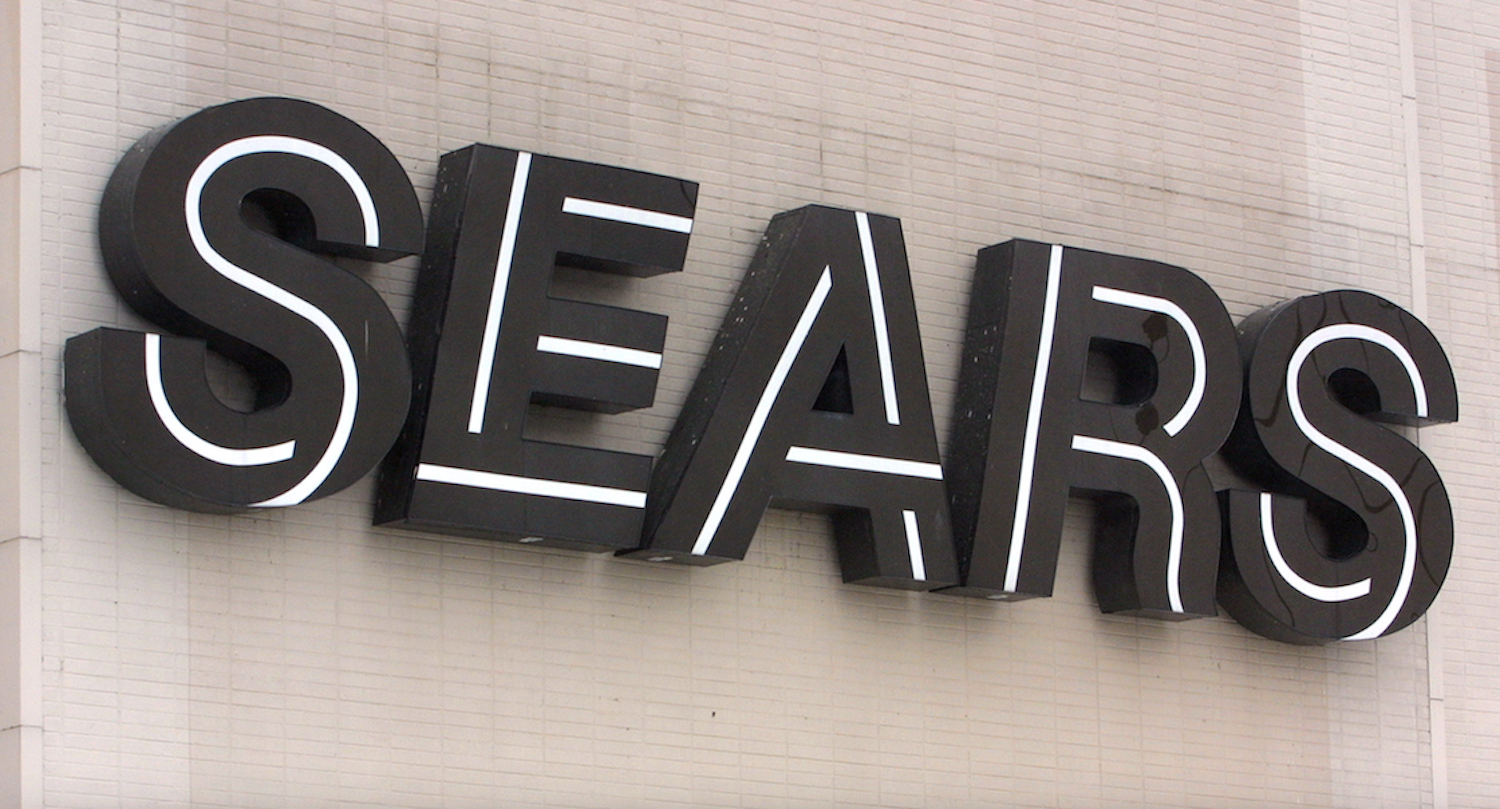I recently was helping my team with customer emails and chats during a company retreat. This is one of my favorite times of the year, because I get to make sure my skills are still reasonably sharp, and I can help to offset volume while my employees are getting a break from work.
One lesson I reminded myself of when doing this work is making sure I am answering what the customer is actually asking. If I move too fast, jump to conclusions or make assumptions, I can be slightly off, which likely means more interactions to solve the issue, and maybe even customer frustration.
One email exchange I jumped into was facing this for a specific reason – the employee was using published macros to respond to the customer, but none of them really addressed his issue. They were close but slightly missing. When I dug into the situation, I learned that the customer fundamentally didn’t understand something about the product. That was actually fine, but never could have been uncovered or answered by a macro. It was a nice reminder that although macros, talking points, scripts and the like help to provide efficiency and consistency, they are not always the right solution, and they sometimes don’t or can’t actually answer the customer’s question.
In another situation, I caught myself getting too excited because I thought I knew the answer to something, which then resulted in wrong assumptions and customer confusion. While it felt natural to try to go fast, it led me to answer the wrong question. In this chat interaction, the behavior showed up when I was making statements rather than asking questions. Example:
Me: So, the employee has this benefit through an outside provider.

This was dead wrong, because I had made an assumption based on too little information. While I don’t think the customer cared too much, she had to correct me and the solution took longer than it needed. After, I thought about how it could have gone better, and realized I could have asked questions to learn more rather than making an assumptive statement:
Me: Does the employee have this benefit through an outside provider?
Or, even more generally:
Me: Can you tell me more about what’s going on and how I can help?
That would have led me to answering the right question much more quickly, and without a customer correction. Overall, this exchange was a great reminder and something I have been thinking a lot about since – these little efficiency wins (or losses), although seemingly small in the moment, add up as a team scales, and can really hurt in times of increased volume.



